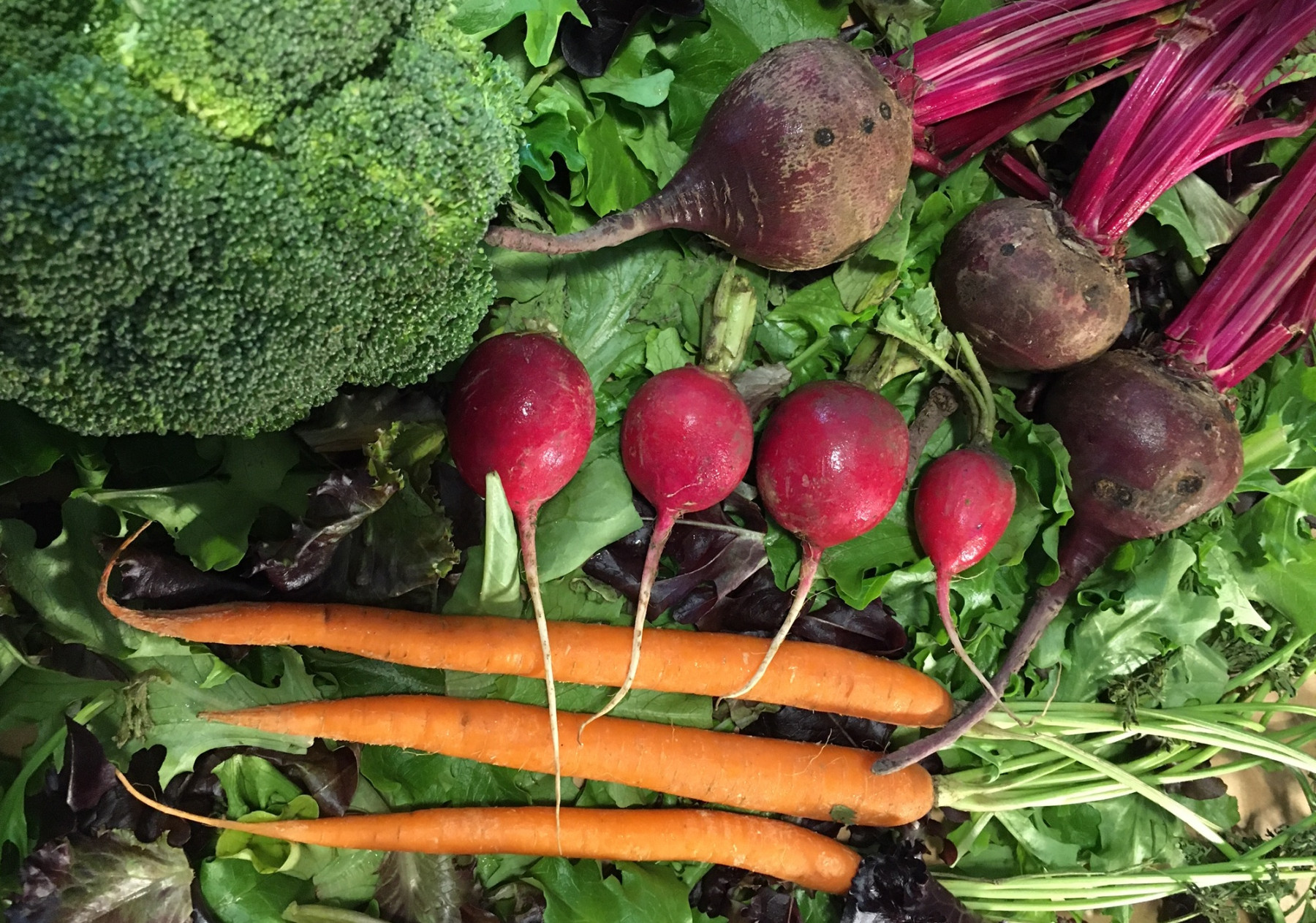
Many of us have been devotedly tending a vegetable garden throughout this fraught summer, including many first-time gardeners. It’s not necessarily over. For those who want to make the most of a vegetable garden, August is the time to plant the second crop.
A number of vegetables—especially those whose edible parts are roots and leaves—will have time to grow in the warmer months of a Midwestern autumn.
The crops that work in fall are greens, such as spinach, lettuce, chard and collards, and roots, such as carrots, carrots, radishes, beets and turnips. These are cool-season crops, suited to the lower temperatures of spring and fall and able to handle a little bit of frost.
The stars of summer—peppers, squash, tomatoes, melons, cucumbers—are tropical or semi-tropical plants. Frost will kill them. Their production will be dropping off anyway as days get shorter and nights get cooler, so you may want to give up on them and use that space for fall crops.
In order to be successful at growing a second crop, you have to think about winter and frost in August, on humid, sticky days when all you want to do is mope around in the shade with a cool glass of something comforting.
The critical thing to ask is: How much growing time do I have until the first frost? It’s always a bit of a gamble, because the timing of the first frost varies from year to year. With the climate changing, it’s becoming even less predictable. In the Chicago area, the average date of the first frost is about October 15. However, that’s just an average. Some years it’s earlier, and once in a while we don’t get a frost until November.
The safe thing is to go with the average and be prepared to cover crops to protect them or harvest them in a hurry if a frost happens earlier.
Once you’ve figured out how much growing time you have, look for varieties that will reach maturity and a harvestable size within that time. You’ll find the number of days maturity on the seed packet. For example, most carrots take 65 to 75 days, while most spinach is ready to harvest in 35 to 40 days. However, there can be quite a range between varieties, so go by what your seed packet says.
Suppose I planned to sow seed on August 25. From then until October 15 is 52 days—certainly enough time for radishes, spinach, butterhead lettuce or baby beets. If I were prepared to baby my crops through a frost or two, I could still plant carrots, turnips and other crops that need about 60 to 70 days.
Some crops are more cold-tolerant than others, so you can expect them to withstand the first mild frosts. For example, kale, collards and spinach can handle more frost than lettuce.
Another variable, especially for greens, is when you plan to harvest. Usually, a lettuce seed packet will tell you how many days it takes to get a full-size head. But if you’re planning to snip small leaves to eat as baby greens, you’ll be able to snip a couple of weeks sooner.
Most fall-crop seeds are sown directly into moist soil. It’s critical to sprinkle at least once a day so the soil stays moist until the seeds sprout. For some crops, such as carrots, this can a while. Keep the faith and keep sprinkling.
It’s still hot when we plant fall vegetables, but we hope that by the time the plants have sprouted and gotten a start, it will be cool enough for them to thrive.
This year, I yanked out several underperforming tomato plants (nobody’s garden is perfect) and sowed spinach and lettuce in those spots. I’m still harvesting tomatoes from my better plants while I’m urging spinach to sprout nearby.
Some crops, such as broccoli, Brussels sprouts and cabbage, need a longer lead time. From a cabbage seed to a full-grown head takes three or four months, depending on the variety. If you have a lot of space, you could plan ahead and sow the seeds back in July. If you’re short on space, you could start the seeds indoors then, or buy seedlings and plant them out in August.
That kind of planning has been beyond me this year. But it’s a comfort to know that I can still have a crop of lettuce or radishes this fall.
For more advice on fall crops, two excellent sources of detailed information are the University of Illinois Extension’s Vegetable Gardening Basics, and the University of Minnesota Extension










